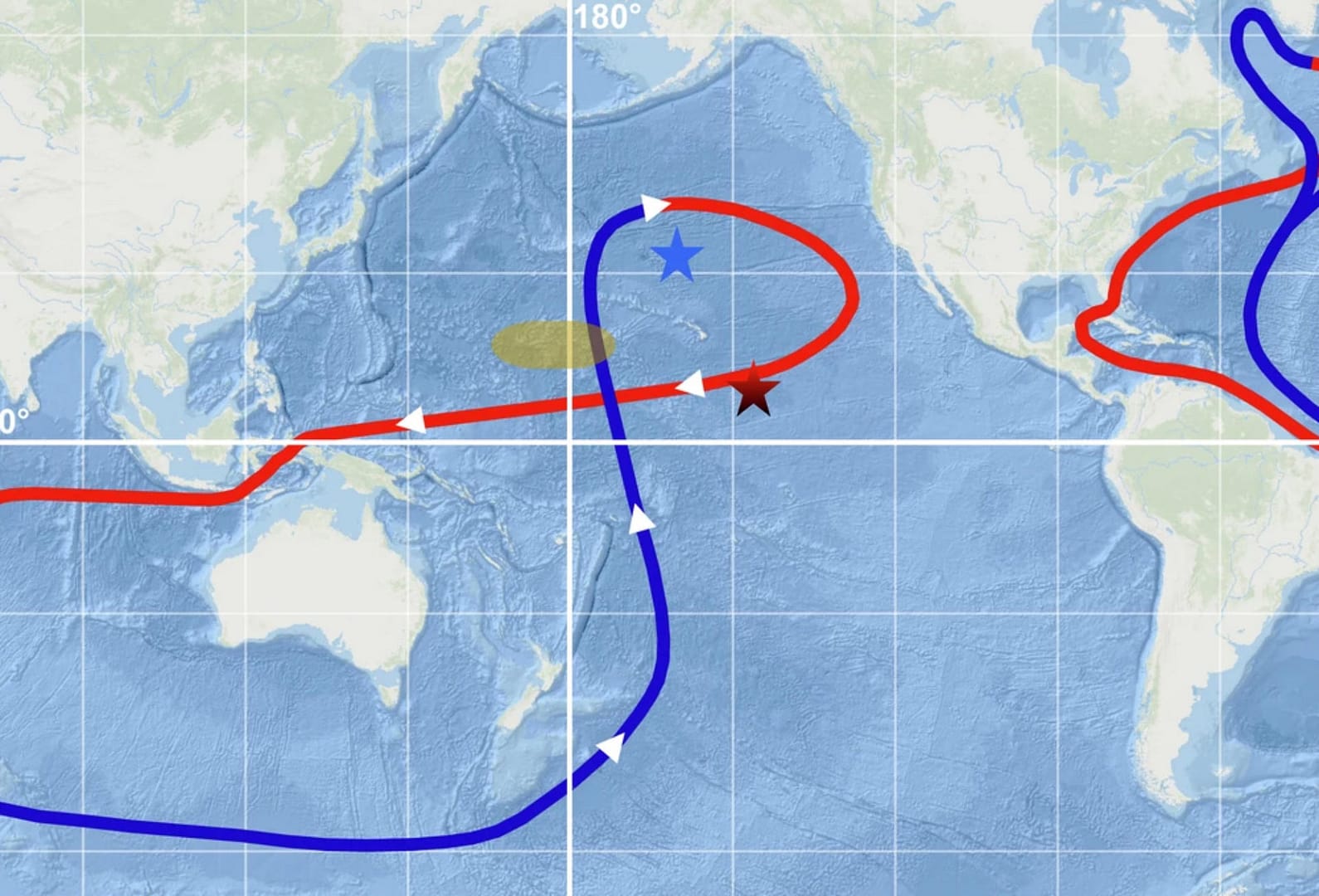Recent research has revealed an intriguing anomaly in the concentration of the radioactive isotope beryllium-10, which occurred approximately 10 million years ago. This discovery, based on rock samples from the Pacific Ocean floor, provides a potential new method for geologists to date historical events. The cause of this anomaly remains elusive, with theories ranging from shifts in ocean currents to cosmic events.
About Beryllium-10
Ferromanganese Crusts
The Anomaly Discovery
Researchers observed a decline in beryllium-10 concentrations in the crust, which abruptly halted around 10 million years ago. After this point, the expected decay pattern resumed. This anomaly was confirmed by analysing crusts from different locations, ruling out local irregularities.
Possible Explanations
Several hypotheses exist regarding the cause of the beryllium-10 anomaly. One theory suggests that changes in ocean currents, particularly the intensification of the Antarctic Circumpolar Current, may have influenced global circulation patterns. Another possibility involves an increased cosmic ray flux due to a nearby supernova or a collision with an interstellar cloud, which could have elevated beryllium-10 production.
Implications for Geological Dating
The identification of the beryllium-10 anomaly presents opportunity for geological dating. It may serve as a new time marker for correlating various geological archives, such as ice cores and sediments. This could enhance our understanding of Earth’s climate and environmental changes over millions of years.
Future Research Directions
Ongoing research will focus on further investigating the beryllium-10 anomaly. New samples from oceans worldwide are necessary to determine the extent and implications of this phenomenon. Understanding the anomaly could provide vital information about both geological processes and cosmic events that have shaped Earth’s history.

Leave a Reply